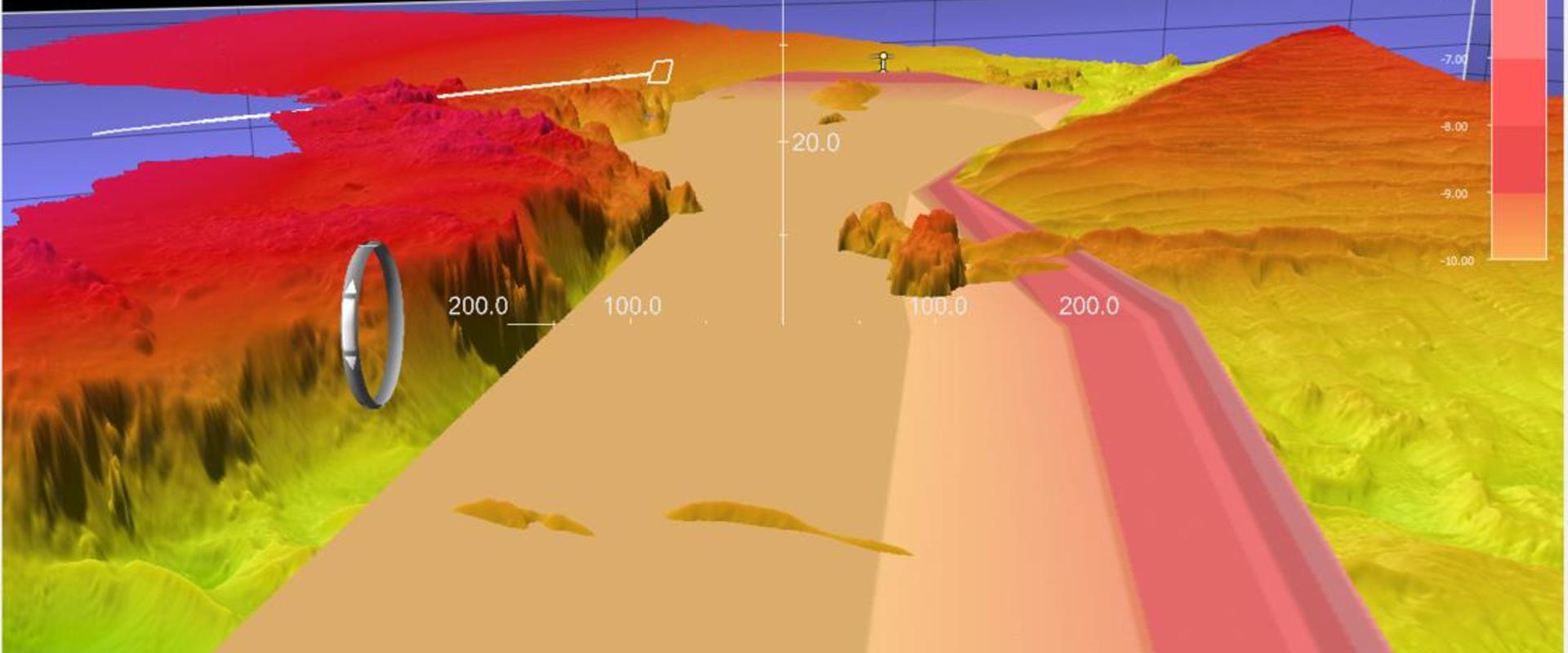
Port of Broome Channel Improvement (Stage 1)
BMT coordinated and provided a range of technical services that enabled progression of this project through state planning and funding gates and through to tender.
In recognition of the access constraints and the growing tourism industry in Broome, the Department of Primary Industries and Regional Development, Tourism Western Australia and KPA have contributed funds to optimise the channel to allow passage of larger vessels. Specifically for the Port of Broome, port accessibility has been a limiting factor for cruise ships, due to navigational hazards associated with shoals and a narrow channel into the Port.
The objectives of this Stage 1 Channel improvement study are to provide an efficient channel improvement design that will cater to large cruise ships, to define the dredging requirements and to provide advice on the stage 2 project plan and costs.
The principal feature of the conceptual design was that the port has a high tidal range in the order of 10 m and the cut scoured in the approaches had very high tidal velocities in ebb and flood tides filling and emptying the large bay beyond the port. Control of the large cruise vessels is therefore challenging, and the design had to ensure that navigation width and depth was available in a highly variable high current tidal environment in an innovative channel design to optimise cost.
Through engagement with the Port, BMT coordinated and provided a range of technical services that enabled progression of this project through state planning and funding gates and through to tender. These services ranged from comprehensive site investigations and environmental assessments to detailed design review of the revised channel.

We prepared a detailed demand assessment to identify the product mix and potential industry clusters that drive the cargo throughout the client's ports in China.

We carried out comprehensive oceanographic modelling to develop the design conditions at various mooring sites in Dampier port and Mermaid Sound.

We were appointed to develop a Masterplan for a new port at Hon Gai in Vietnam.

With improved port capacity and quality available at Shenzhen and other Pearl River Delta ports, as well as the increasing competitiveness of supporting services such as ship management, ship finance and maritime arbitration in Shanghai and Singapore, Hong Kong will need to improve and evolve port and maritime services to increase market share in future years.